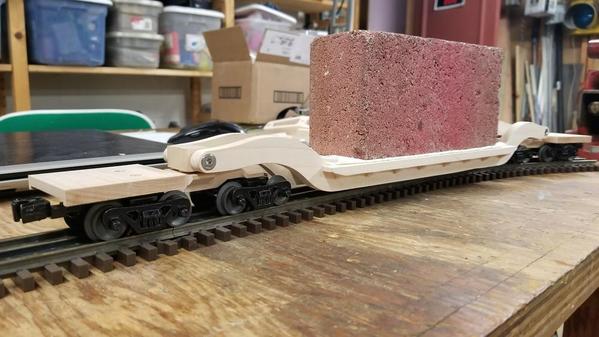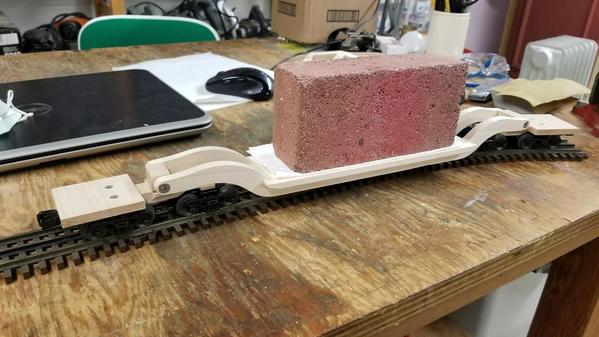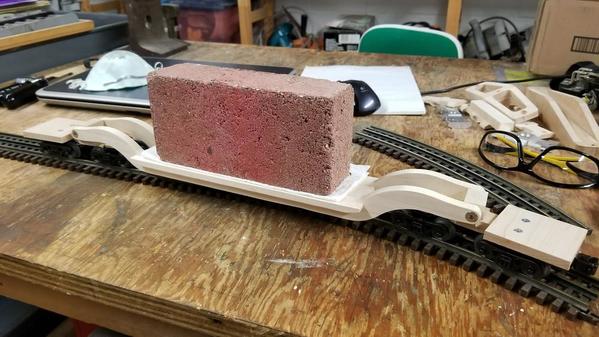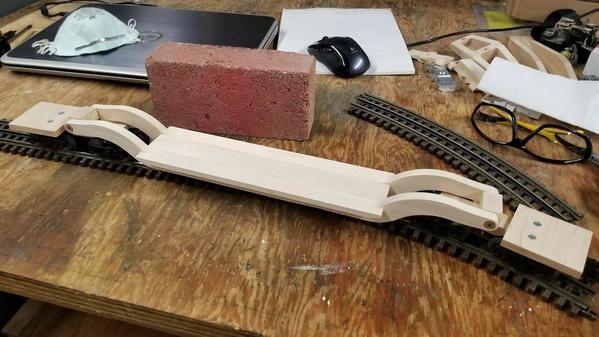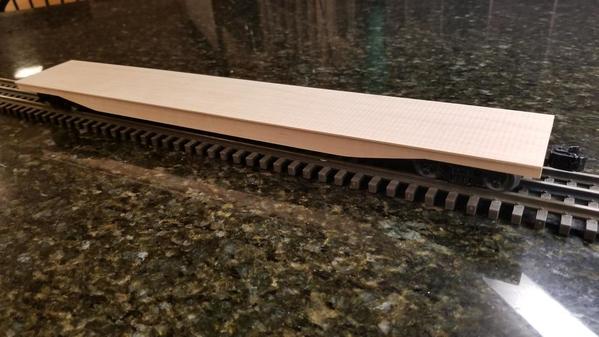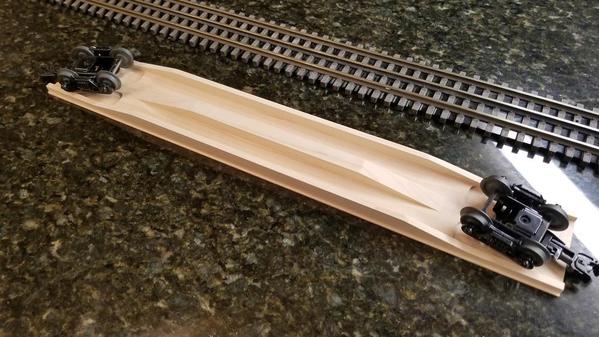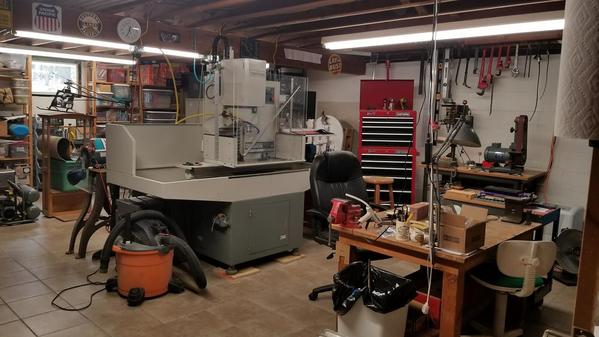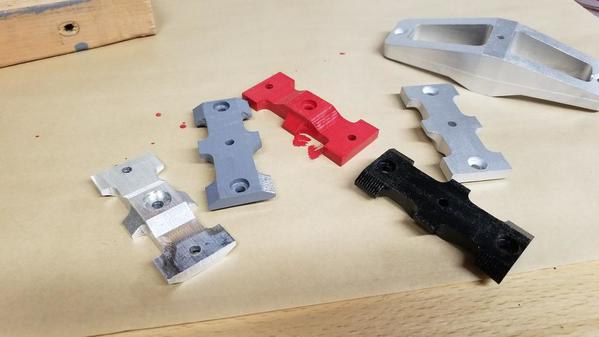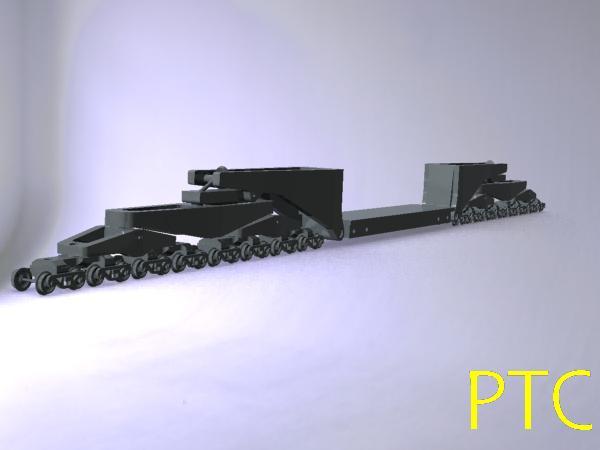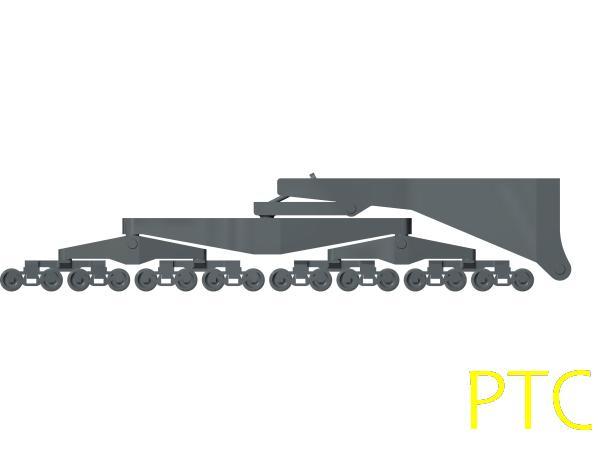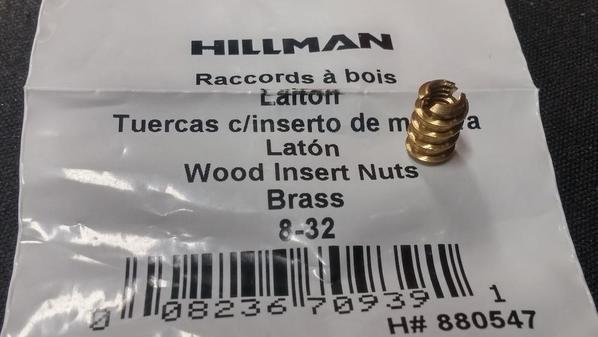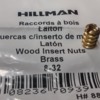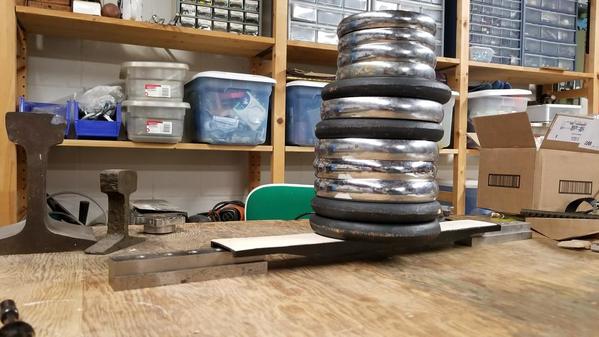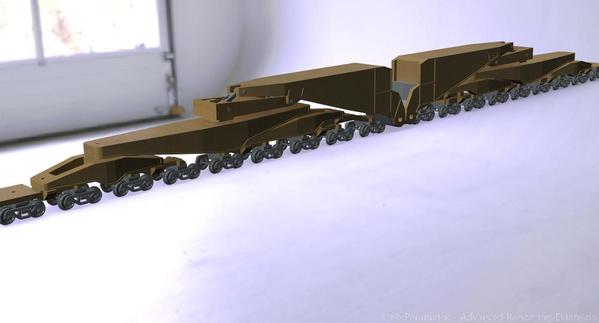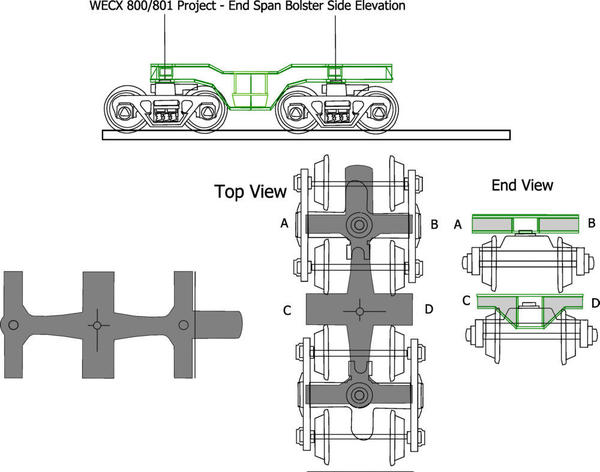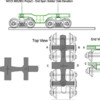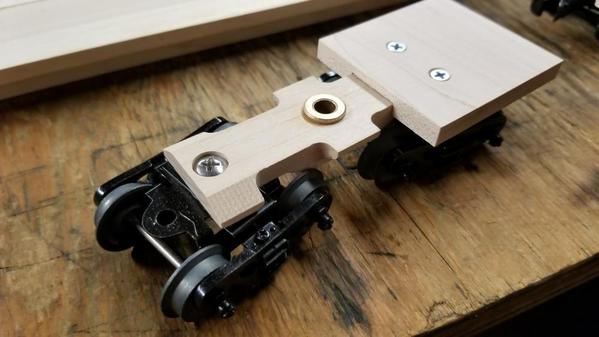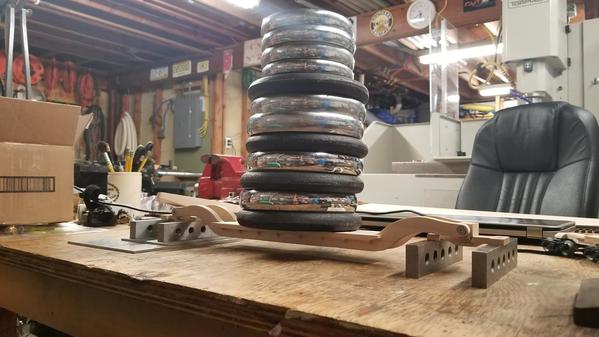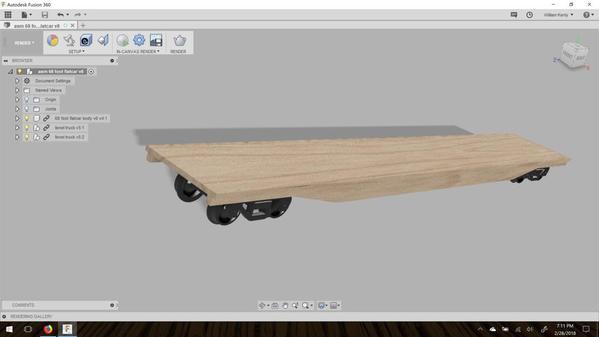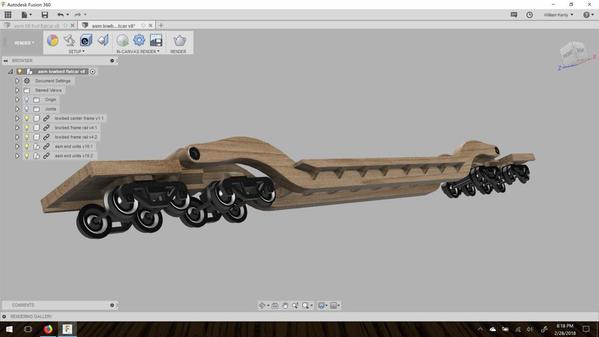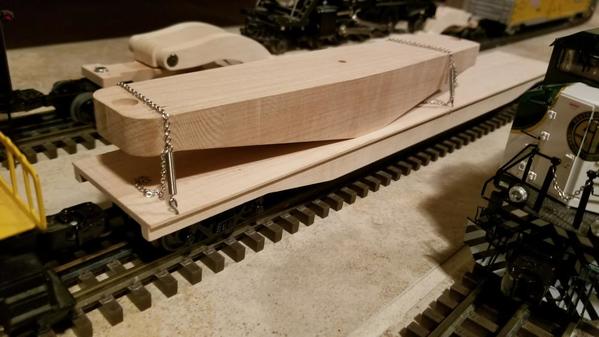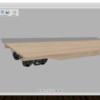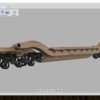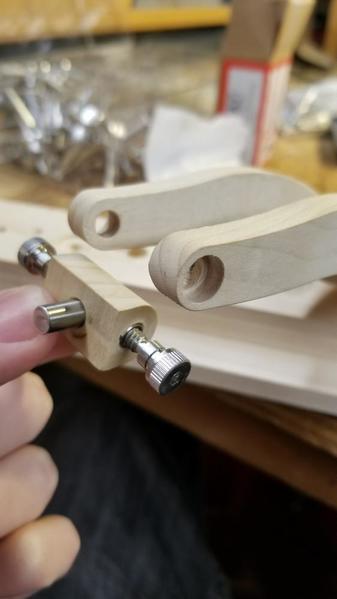Will,
I faced the same problem with the PTC watermark when I was saving the images from CREO. During my last semester in 2004, before I graduated with my Master’s program in Engineering, I was saving & printing images of my CAD work, to make a portfolio, to show to potential employers. CATIA didn’t give me any such issue but the student version of CREO (then Pro-E) started saving similar watermarks, without me asking, on my images & even worse watermarks on my 2-D drawings. I had to redo my images, by resizing & cropping them to remove these watermarks.
Then when I got my first job & one of my colleagues wanted to review one of my Pro-E models from my student days, the commercial version of Pro-E wouldn’t open any files created in the educational version & we also verified that any model created in the commercial version couldn’t be opened in the educational version of Pro-E, even when both the educational & commercial versions were of the same release level. Apparently, PTC didn’t want people using the heavily subsidized educational versions for commercial work.
Also, the $6,600 you mentioned for CREO is just for a single license of CREO, JUST FOR 1 YEAR. All CAD software these days are not sold & nobody owns the license after paying these big bucks. One only purchases a license, valid for a year, with all the fine prints. If one wants to keep using the software, one has to also pay for a licensing agreement, costing 10 – 30% of the initial purchase price. A small company or an individual with a single license might be charged a 30% annual renewal fee but a multinational company with 100’s of licenses might only pay 10% annual renewal fee, per license. Other workbenches or applications that support CAD programs (Product Lifecycle Management, Computer Aided Manufacturing, Analysis), online training & support would also add to the price of the software making a $6,600 CREO license go up to like $24,000, for the first year. I am speculating that that might be the reason why the largest O-Scale / O-Gauge manufacturer, Lionel, could only afford (need) SolidWorks, not CREO, CATIA or Siemens NX.
Since you asked me for advice on CAD software my advice is to keep using CREO. If you don’t like CREO, & once you go back to regaining your student status, try CATIA or NX. I once knew SolidWorks & AutoCAD but during my job search I found out that companies that needed skills in CREO, CATIA & NX paid a lot more than companies that could only afford SolidWorks, SolidEdge, Inventor, etc. I would much rather have a well-paying job to afford the trains I want than use the same time to train & be proficient in cheaper CAD software, like the work smart, not hard, American saying.
These are just my opinion,
Thanks,
Naveen
![]()




